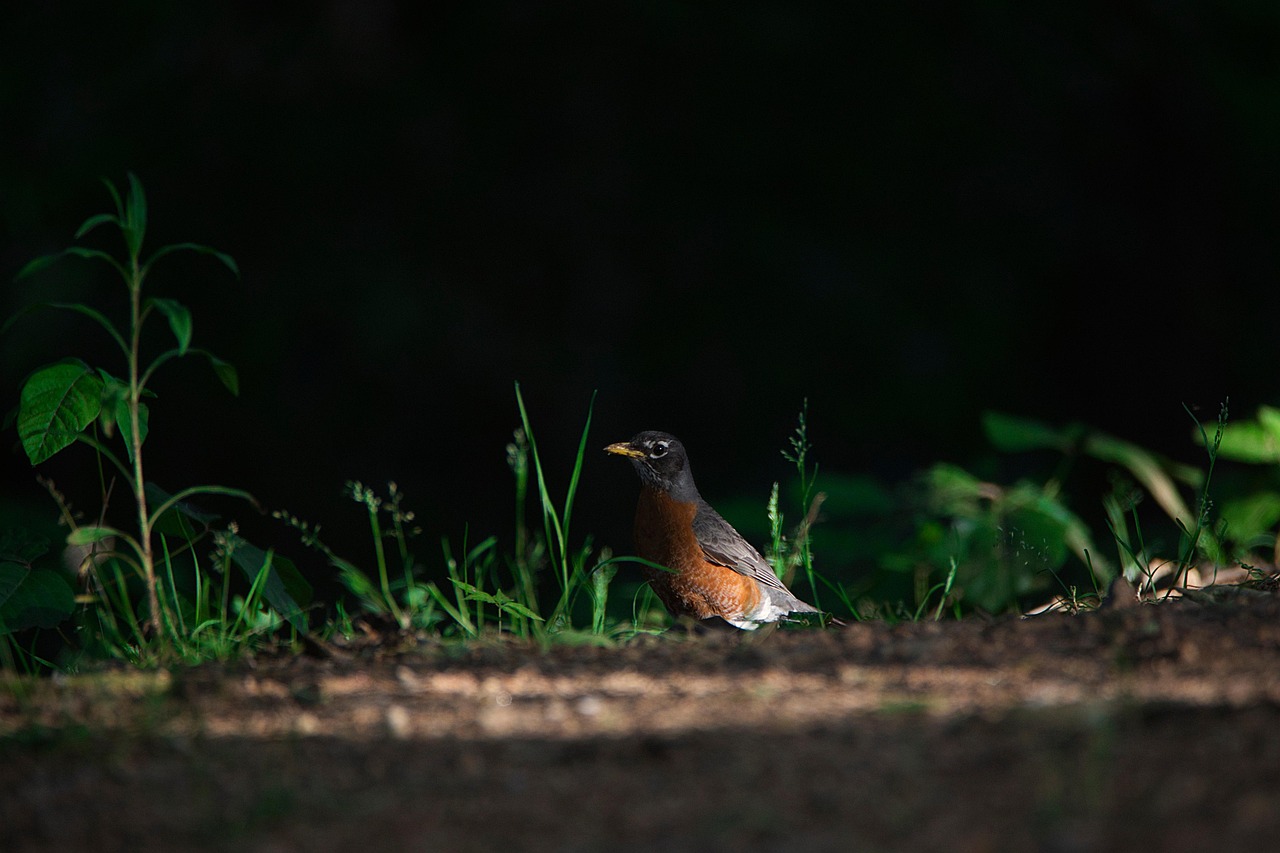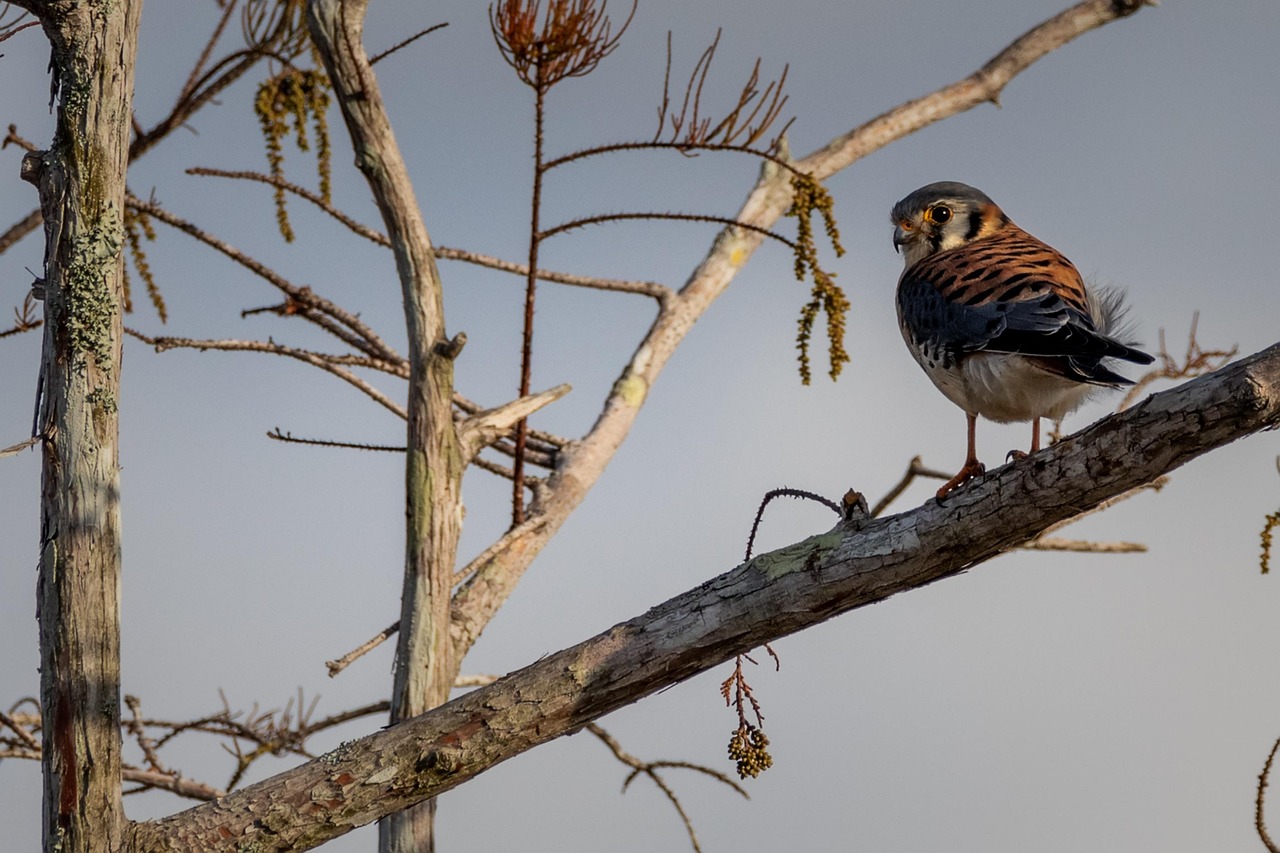The American chestnut tree, once a dominant species in eastern U.S. forests, faced severe decline due to a blight caused by the introduction of the pathogenic fungus Cryphonectaria parasitica in the early 20th century. This epidemic led to the virtual extinction of the species, but efforts toward recovery and restoration are ongoing.
Introduction to American Chestnut Trees

The American chestnut tree (Castanea dentata) was once a vital component of the eastern United States’ forests. Spanning from Maine to Georgia, these trees were celebrated for their fast growth, towering height, and valuable timber. They produced abundant nuts that served as a crucial food source for wildlife and humans alike. The tree’s wood was highly prized for its durability and resistance to decay, making it a favored choice for furniture and construction.
By the late 19th century, however, the arrival of the chestnut blight drastically changed the landscape. This disease, caused by Cryphonectaria parasitica, devastated chestnut populations, leading to a rapid decline in their numbers. The blight spread quickly due to its airborne spores and the tree’s susceptibility. Within a few decades, mature American chestnut trees were nearly wiped out, leaving behind a significant ecological and cultural void.
The Impact of Chestnut Blight
The impact of the chestnut blight was profound. Not only did it eliminate a dominant tree species, but it also disrupted entire ecosystems that depended on the American chestnut. Wildlife that relied on the nuts for sustenance faced food shortages, leading to declines in various animal populations. Furthermore, the loss of these trees altered forest dynamics, affecting species composition and habitat structure.
In addition to ecological consequences, the blight had economic implications. The lumber industry suffered significantly as American chestnut wood became increasingly rare. Communities that had relied on chestnut for timber and food sources faced challenges in adapting to the loss of this critical resource. The once-abundant trees had become a memory, symbolizing a lost natural heritage.
Efforts Toward Recovery
Despite the dire situation, efforts are being made to restore the American chestnut tree to its former glory. Various organizations and researchers are exploring strategies to combat the blight and promote recovery. These initiatives include breeding programs that focus on developing blight-resistant hybrids.
One notable approach is the use of genetic engineering to create transgenic American chestnut trees that incorporate a wheat gene known to confer resistance to the blight. These innovative techniques aim to provide a sustainable solution while maintaining the genetic integrity of the species.
| Recovery Strategy | Description |
|---|---|
| Selective Breeding | Crossbreeding American chestnuts with resistant species to develop hybrid trees with improved resilience. |
| Genetic Engineering | Incorporating genes from other species to enhance resistance against the blight. |
| Restoration Ecology | Reforestation efforts that focus on restoring habitats and supporting native wildlife. |
Community involvement is also pivotal in these recovery efforts. Citizen science projects encourage individuals to participate in monitoring and planting initiatives. Education and awareness campaigns aim to inform the public about the importance of the American chestnut and the ongoing restoration endeavors.
As scientists and conservationists work together towards recovery, hope remains alive for the American chestnut. Their efforts signify not only a commitment to preserving biodiversity but also a desire to restore an integral part of America’s natural heritage.
The Role of Research in Recovery Efforts
Research plays a crucial role in the recovery of the American chestnut. Scientists are investigating various methods to enhance the survival and growth of these trees in their natural habitats. This research is multi-faceted, addressing genetic, ecological, and environmental factors that contribute to the tree’s decline.
Genetic Research
Genetic research is at the forefront of efforts to restore the American chestnut. By understanding the genetic makeup of both resistant species and the blight itself, researchers can make informed decisions about breeding strategies. Some key areas of focus include:
- Mapping the Genome: Researchers are working to map the entire genome of the American chestnut. This information could reveal specific genes responsible for disease resistance.
- Identifying Resistant Lines: By identifying wild American chestnuts that have survived blight infection, scientists can select individuals with natural resistance for breeding programs.
- Gene Editing Techniques: Advances in gene editing, such as CRISPR technology, offer promising avenues for enhancing resistance to the blight without compromising the tree’s natural characteristics.
Ecological Studies
Understanding the ecological dynamics surrounding the American chestnut is essential for successful restoration. Ecological studies provide insight into how these trees interact with their environment and other species. Important considerations include:
- Soil Health: Researching soil conditions is vital. Healthy soil promotes robust tree growth and resilience against diseases.
- Companion Planting: Identifying beneficial plant species that can coexist with chestnuts may improve overall ecosystem health and support the trees’ recovery.
- Pest Management: Evaluating pest populations and their effects on young chestnut trees helps in developing integrated pest management strategies that minimize damage.
Community Engagement Initiatives
Engaging communities in restoration efforts is essential for fostering a collective sense of responsibility for the American chestnut’s future. Various initiatives are underway to encourage public participation and education.
Volunteer Programs
Many organizations have established volunteer programs aimed at planting and caring for American chestnuts. These programs typically involve:
- Planting Events: Community members gather to plant young chestnut trees in designated areas, which helps increase tree population density.
- Monitoring Growth: Volunteers are trained to monitor the health and growth of planted trees, providing valuable data to researchers.
- Educational Workshops: Workshops teach participants about the importance of chestnuts and effective tree care practices.
Citizen Science Projects
Citizen science projects empower individuals to contribute to scientific research related to American chestnuts. Participants can assist in:
- Data Collection: Gathering information on tree health, growth rates, and signs of blight helps researchers track progress and effectiveness of recovery efforts.
- Public Awareness Campaigns: Educating others about the significance of the American chestnut and encouraging local conservation efforts.
The Future of American Chestnut Restoration

The future of American chestnut restoration hinges on continued research, community involvement, and effective management strategies. As scientists develop new techniques and enhance understanding of this iconic tree, there is hope for its resurgence in eastern forests.
The collaboration between researchers, conservationists, and communities is essential for ensuring that future generations can experience the beauty and benefits of American chestnut trees. With ongoing dedication and innovation, the dream of a thriving population of these majestic trees may soon become a reality once again.

Challenges in Restoring American Chestnut Trees
While there is hope for the restoration of the American chestnut, several challenges must be addressed to ensure the success of these efforts. Understanding these challenges is critical for developing effective strategies to overcome them and support the recovery of this iconic tree species.
Blight Resistance
The primary challenge in restoring American chestnut trees is developing resistance to the blight caused by Cryphonectaria parasitica. The following factors complicate this issue:
- Rapid Mutation of the Fungus: The fungus responsible for the blight can rapidly mutate, making it difficult to develop long-lasting resistance in chestnut trees.
- Genetic Diversity: A lack of genetic diversity among remaining American chestnuts can hinder breeding efforts aimed at enhancing disease resistance.
- Environmental Factors: Climate change and other environmental pressures may influence the behavior of the blight, complicating recovery efforts further.
Ecological Interactions
The complex interactions within forest ecosystems present additional challenges. American chestnut trees must compete with other species for resources. Key concerns include:
- Invasive Species: Invasive plants and pests may outcompete young chestnuts for sunlight, nutrients, and water, leading to reduced growth rates and survival.
- Herbivory: Browsing by deer and other herbivores can significantly impact young trees, leading to stunted growth or even mortality.
- Soil Conditions: Soil health varies across different regions, affecting the establishment and growth of chestnut seedlings. Poor soil conditions can limit their ability to thrive.
Successful Case Studies
Despite these challenges, there have been several successful case studies in restoring American chestnut populations. These examples provide valuable insights into effective recovery strategies.
The West Virginia Project
A notable example is a project conducted in West Virginia, where scientists have focused on breeding blight-resistant hybrids using a combination of traditional breeding methods and modern biotechnology. Key outcomes include:
- Hybrid Development: Researchers successfully created hybrids between American chestnuts and resistant Chinese chestnuts, resulting in trees that exhibit both desirable traits.
- Field Trials: Field trials have shown promising results, with hybrid trees demonstrating increased resistance to blight compared to pure American chestnuts.
- Community Involvement: The project engaged local communities in planting and caring for these hybrid trees, fostering a sense of ownership and stewardship.
The New York Restoration Project
Another inspiring case comes from New York, where a restoration initiative focuses on both genetic research and habitat restoration. This project emphasizes:
- Genetic Research: Scientists are studying the genetic diversity of existing chestnut populations to identify individuals with natural resistance.
- Habitat Restoration: Efforts include improving soil health and removing invasive species to create a more conducive environment for chestnut growth.
- Educational Outreach: The project has developed educational programs to raise awareness about the importance of the American chestnut and encourage community participation.
The Importance of Collaboration

Collaboration among various stakeholders is essential for successful restoration efforts. This includes partnerships between researchers, conservation organizations, government agencies, and local communities. Some important aspects of collaboration include:
- Shared Resources: Collaborative projects allow for pooling of resources, including funding, expertise, and manpower, leading to more effective initiatives.
- Keen Knowledge Exchange: Sharing knowledge among researchers and practitioners fosters innovation and enhances the overall understanding of restoration techniques.
- Community Engagement: Involving local communities ensures that restoration efforts align with public interest and encourages long-term commitment to conservation.
The path toward restoring the American chestnut is fraught with challenges, but through research, successful case studies, and collaboration, there is a growing optimism for the future of this vital tree species. Each step taken in this journey contributes to a deeper understanding of both the ecological landscape and the importance of preserving our natural heritage.
Future Directions for American Chestnut Restoration
As researchers, conservationists, and communities continue their efforts to restore the American chestnut, several future directions are emerging. These paths aim to enhance the effectiveness of restoration strategies and ensure the long-term survival of this iconic tree.
Innovative Research Approaches
Continued innovation in research methodologies is essential for addressing the challenges facing American chestnuts. Some promising approaches include:
- Genomic Selection: Advanced genomic techniques can help identify specific traits linked to disease resistance. By selecting individuals that carry these traits, researchers can accelerate the breeding process.
- Ecological Restoration Techniques: Integrating ecological restoration practices, such as improving habitat conditions and enhancing biodiversity, can create a more favorable environment for chestnut reestablishment.
- Long-term Monitoring: Establishing long-term monitoring programs will provide critical data on growth rates, health status, and ecological interactions, enabling adaptive management of restoration efforts.
Public Education and Advocacy
Public education remains a cornerstone of successful restoration initiatives. Engaging the public can lead to greater awareness and support for conservation efforts. Key strategies include:
- Educational Campaigns: Informative campaigns can help raise awareness about the significance of the American chestnut and the importance of biodiversity.
- School Programs: Introducing educational programs in schools can inspire the next generation to value and participate in conservation efforts.
- Advocacy Efforts: Collaborating with conservation organizations to advocate for policies that support tree restoration and forest health can amplify the impact of local efforts.
Building a Supportive Network
Creating a strong network of stakeholders, including scientists, landowners, policymakers, and community members, is vital for fostering a collaborative environment. This network can facilitate:
- Resource Sharing: Pooling resources such as funding, technical expertise, and volunteer efforts can enhance project outcomes.
- Best Practices Exchange: Sharing successful strategies among different regions can lead to the adaptation of effective restoration techniques tailored to unique local conditions.
- Collective Action: Coordinated efforts across various organizations and communities can amplify the impact of restoration initiatives and create a unified front in advocacy efforts.
Final Thoughts
The decline of the American chestnut tree due to blight was a significant ecological disaster that reshaped eastern forests and impacted communities reliant on this species. Despite these challenges, the journey toward recovery is filled with hope and resilience. Ongoing research, innovative restoration techniques, and strong community engagement are paving the way for a brighter future for the American chestnut.
As we work collectively to restore this iconic tree, it is crucial to recognize its historical importance and ecological role. The American chestnut not only represents a vital component of biodiversity but also serves as a symbol of perseverance in conservation efforts. With continued commitment from researchers, communities, and advocates, there is potential for the American chestnut to reclaim its place in our forests, enriching ecosystems and inspiring future generations.
The journey toward recovery continues, reminding us that nature’s resilience mirrors our own dedication to preserving it. By fostering collaboration, innovation, and education, we can ensure that the story of the American chestnut tree is one of revival and hope for years to come.
